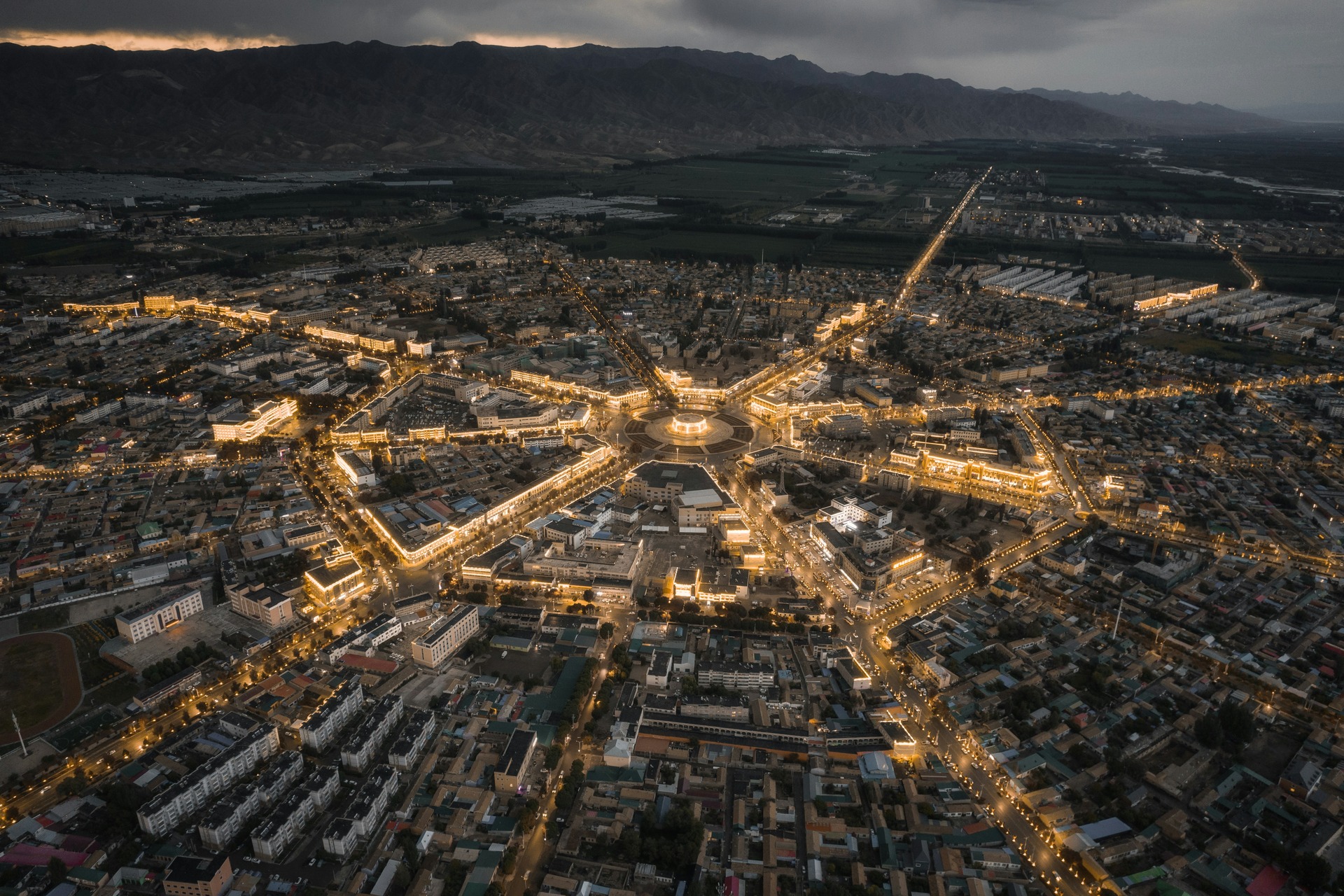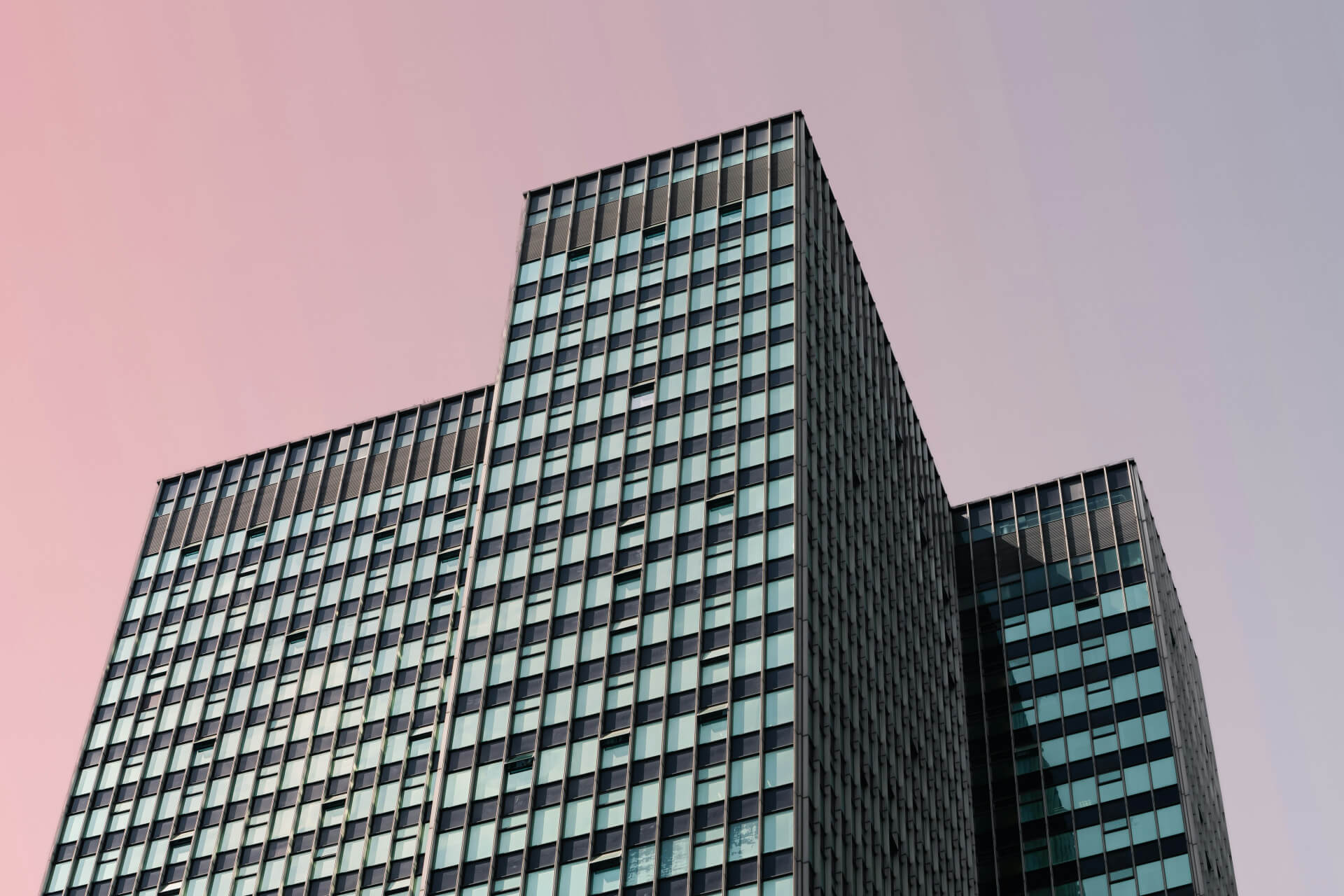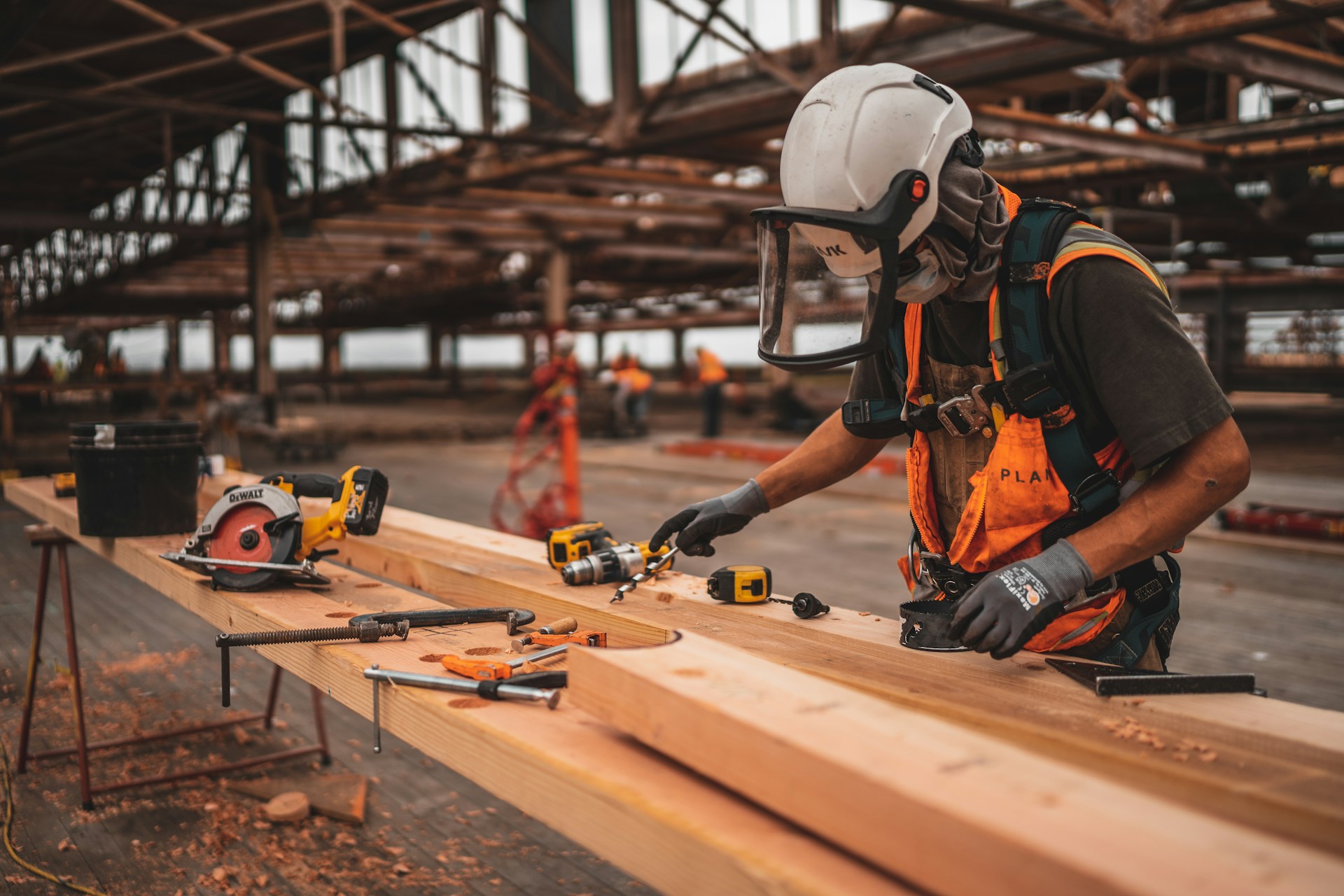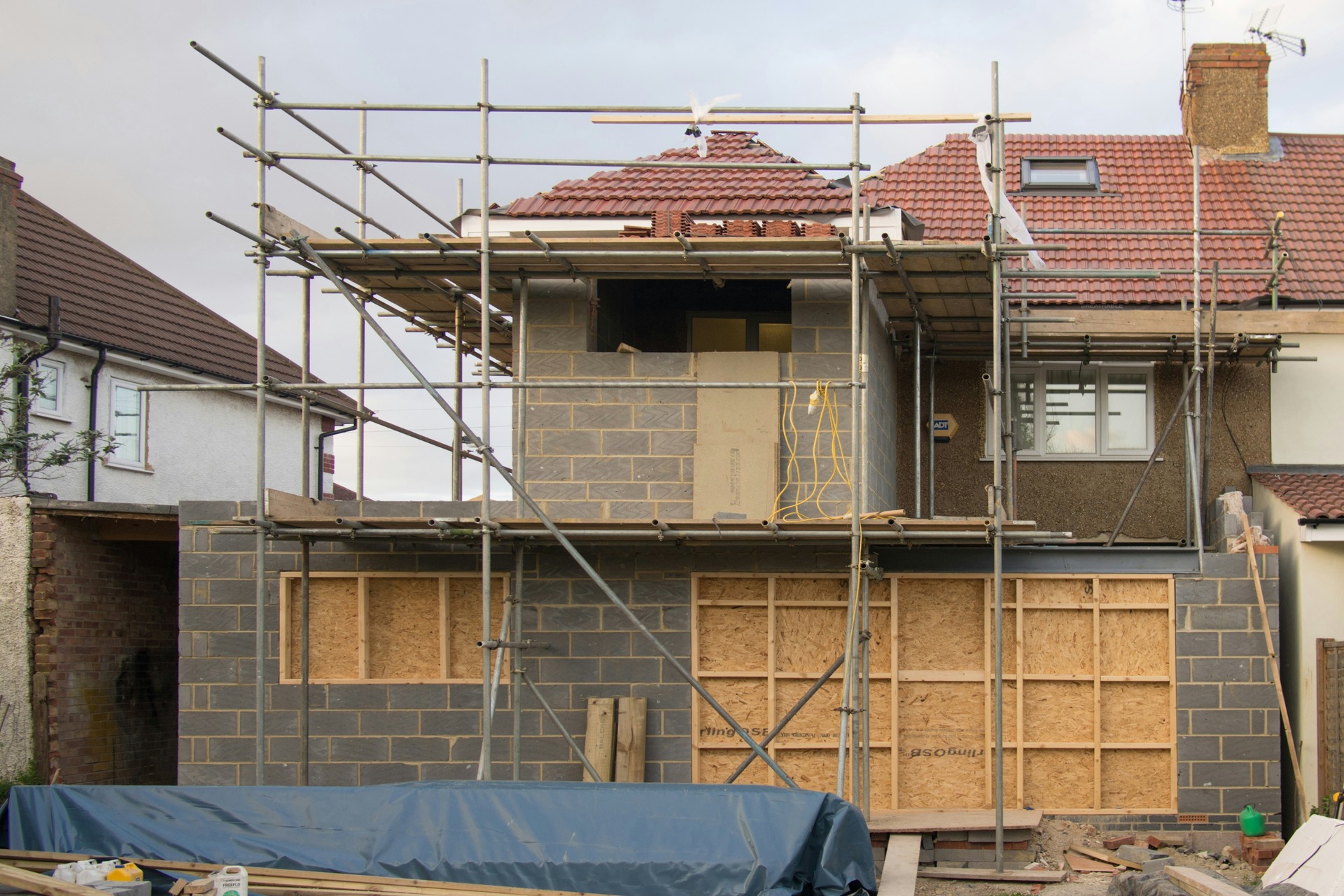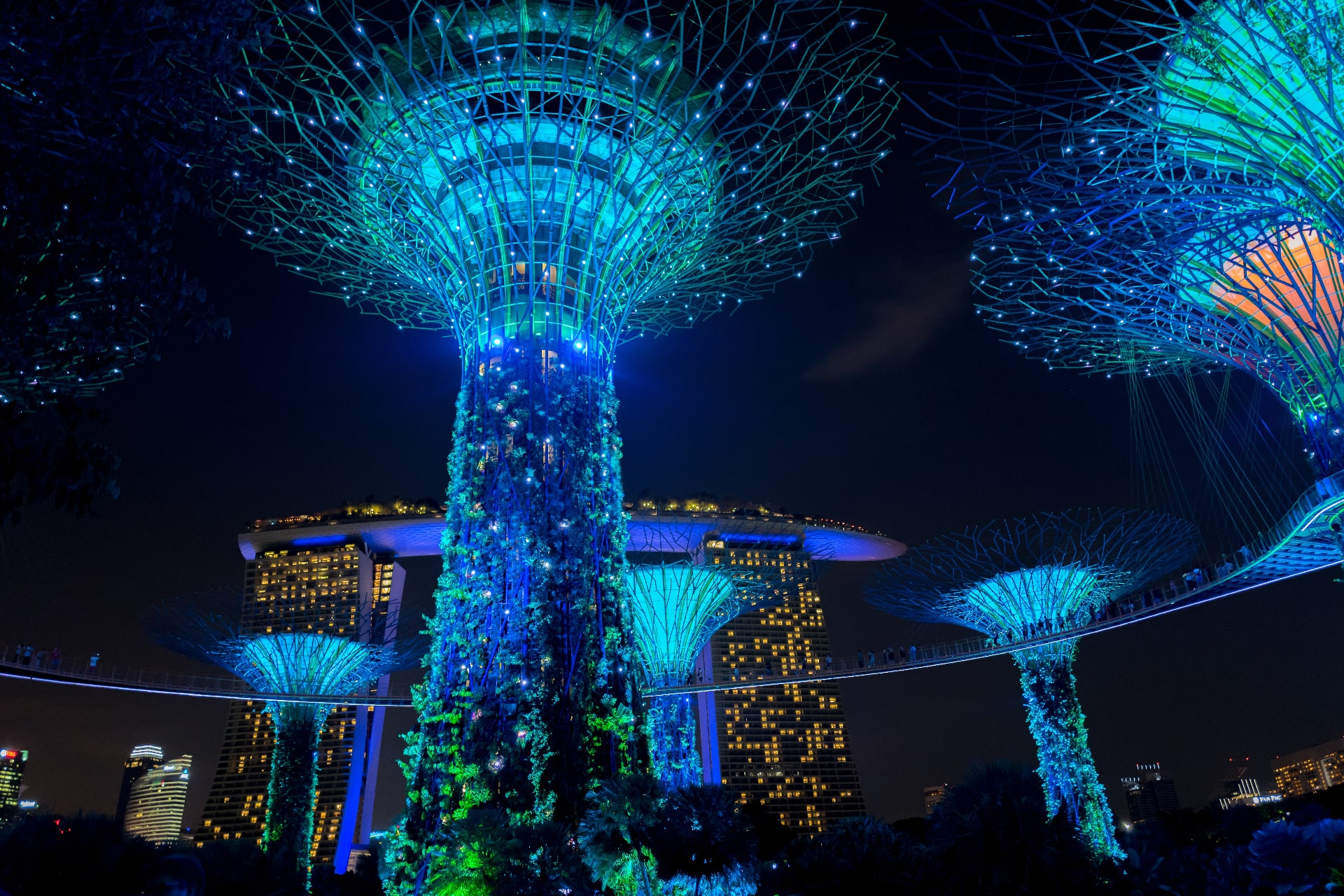
6 Futuristic Buildings That Make You Question What Year it Is
August 8, 2023 - Emily Newton
Revolutionized is reader-supported. When you buy through links on our site, we may earn an affiliate commission. Learn more here.
We’re used to seeing futuristic buildings in sci-fi movies, but next-gen architecture is coming to real-world cities. Today’s creative, innovative architects are dreaming up buildings that look like alien civilizations or have floating gardens surrounding them. Some don’t even look like buildings at all.
The greatest architects in human history have concepts that will bring humanity into a new, futuristic age of buildings that nobody anticipated in this lifetime. Will humans live underwater or live lives of luxury in seemingly structureless exoskeletons? These are some of the most fascinating concepts and builds the world offers.
1. Nautilus Eco-Resort in Palawan, Philippines
The spiral oceanic wonder is the creation of Vincent Callebaut Architectures. Despite it being in the concept proposal stages, this romantic vision of eco-tourism could be the revolution global tourism needs, especially in the Philippines. It embraces biomimicry as its primary architectural draw. At a sprawling 290,628 square feet, it could be the change the Philippines needs after years of environmental degradation.
Here are the key features behind this futuristic building concept to restore what the builders refer to as ecological debt:
- Rotating triskeles: Apartments that turn with the sun.
- Green shells: Snail-shaped hotels in the water that use bio-cement to promote aquatic biodiversity.
- Petals and corals: Areas for guests to see the pond areas that are helping reintroduce endangered wildlife back into the water. Hyperbolic roofs with greenery cover them.
- Origami mountain: The central area that serves for research, built with cross-laminated timber for its unique shape,
2. The Giant Sequoia Skyscraper
The design was an honorable mention for the eVolo 2017 Skyscraper Competition, designed by Ko Jinhyeuk, Cheong Changwon, Choi Sunwoong and Cho Kyuhung. The concept is not in practice yet but repurposes America’s dead Giant Sequoias.
Despite their dominating presence and width, the trees’ roots do not penetrate deep enough into the ground to prevent them from toppling over after they die. Reinforcing them with sustainable materials can bring them new life and reintegrate humans with nature meaningfully.
The concept was commended for its originality. It’s one of the few ideas involving humans intercepting nature that’s not motivated by selfishness or profit. The Skyscraper only intends to use the resources available from otherwise endangered ecosystems where the giant trees might fall and harm more than it helps.
3. The Line in Neom, Tabuk Province, Saudi Arabia
Let’s look at a futuristic building concept that has run past concept stages and into breaking ground. The Line in Saudi Arabia would be the first city of its kind. It’s a smart megacity infused with artificial intelligence with astounding intentions but ethical baggage, given its sustainability and job opportunity claims.
The city aims to stretch 110 miles with no carbon emissions or cars. Its objective is to rehome nine million Saudi Arabians in sky-high skyscrapers. The project began excavation in October 2022, with several architects abandoning the project because of concerns over long-term sustainability and short-term labor concerns.
Professionals worry about the practicality of the initiative because some blueprints hint at needing technologies that don’t even exist yet.
4. The Ocean Spiral in Japan
This famous Japanese city concept may start experimental development in 2030, though this is a rumor. However, The Ocean Spiral is only a concept currently. It embraces the idea of the Earth’s land becoming quickly unavailable for expansion. Instead of tearing down more forests and harming more ecosystems, why not look below, where there’s plenty of empty water to build a sci-fi-worthy underwater city?
Despite some questioning minds wondering how it could be beneficial to live underwater, the project outlines these main benefits of underwater habitation:
- Greater access to reliable food sources
- Limitless hydropower
- Potential for vast stores of freshwater
- Perpetual carbon dioxide processing
- Countless oceanic resources
It starts with a globe called the Blue Garden, near the water’s surface, and extends thousands of meters into the depths in a spiral called the Infra Spiral. A tension leg holds the shape together for structure.
5. Morpheus Hotel in City of Dreams, Macau, China
The hotel is one of the most futuristic buildings on the planet, inspired by the neo-futurist style with a massive dose of luxury. From the minds of world-renowned Zaha Hadid Architects comes a hotel named after the Greek god of dreams in the City of Dreams. Its geometric exoskeleton gives it one of the most standout appearances of any building on the planet, signaling a shift to a novel, imaginative future in architecture.
Over $1.1 billion went into Asia’s first structure without an internal column — the exoskeleton provides all the support it needs to keep its 41 floors and 772 rooms safely aloft.
Triangular glazed windows enshroud the building and wow residents while controlling heating and cooling. The ridges between shapes provide enough shade, and window coatings help let in light without the intense heat.
6. Yangzhou Bookstore and Library in Yangzhou, China
Is it the future or a massive optical illusion? The Yangzhou Bookstore is a mind-bending experience crafted by Li Xiang. Expert mirror placement creates seemingly infinite tunnels of books. Conceptually, it’s intensely symbolic, with the mirrors and angles tempting visitors to sink deeper into its river-like hallways.
The children’s reading room is another design wonder with a ceiling that lights up like the night sky and movable shelving elements and toys. The adult reading area is quite the contrast, with spaceship-like reading areas encapsulated in futuristic mood lighting.
In the vicinity are the famous Yangtze River and numerous arches, which explains what inspired the architect to craft such a fluid, curved architectural experience.
Futuristic Buildings for an Architectural Revolution
Whether for sustainability or aesthetics, the architecture sector has a science-fiction-infused future ahead of it. With all the smart technology cropping up and settling into homes, every other building type will be no exception.
Designers and builders will have their work cut out for them, making these insane concepts a reality and perfecting what in-construction builds are breaking ground right now to impress the highly discerning citizens of the world.
Revolutionized is reader-supported. When you buy through links on our site, we may earn an affiliate commission. Learn more here.
Author
Emily Newton
Emily Newton is a technology and industrial journalist and the Editor in Chief of Revolutionized. She manages the sites publishing schedule, SEO optimization and content strategy. Emily enjoys writing and researching articles about how technology is changing every industry. When she isn't working, Emily enjoys playing video games or curling up with a good book.
